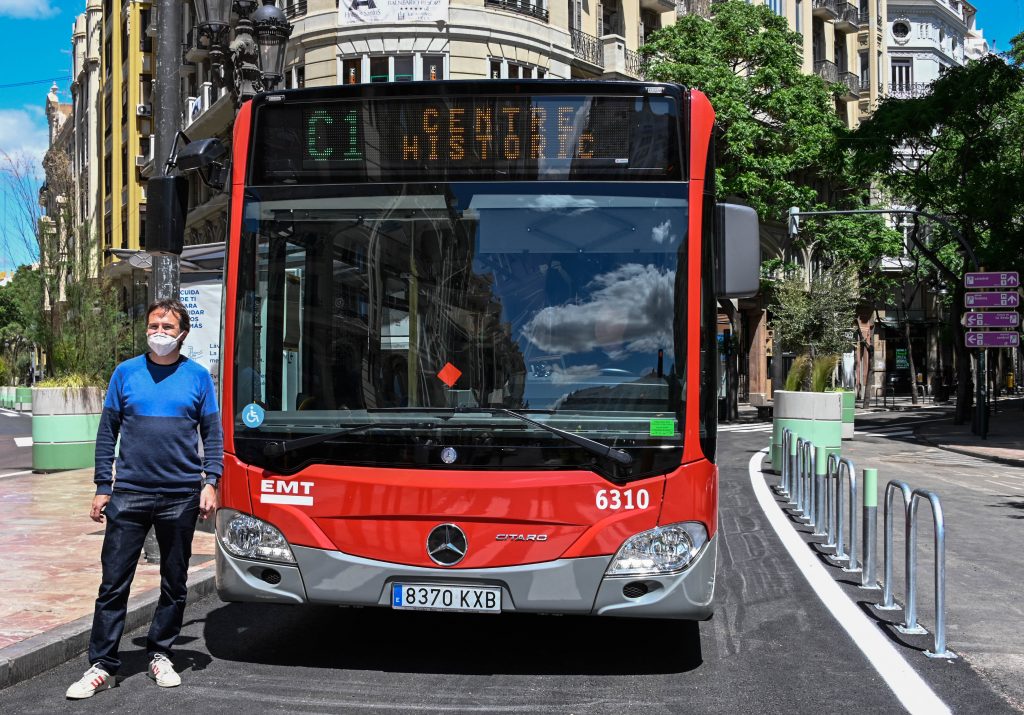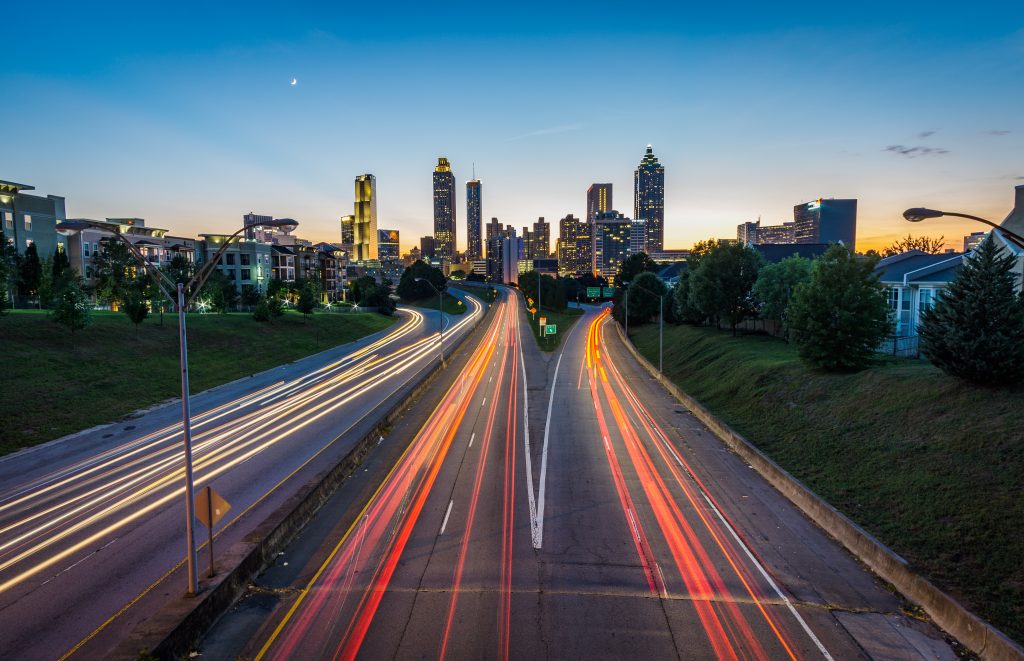Those who are not new to Valencia, know it as a vibrant city which is continuously reinventing itself. Its skyline is changing fast, as much as its spirit: a feeling of renovation and sustainability is spreading around the city. In 2020, its innovative soul was rewarded on at least two occasions: first, the ITU named Valencia as leader of the international task force ‘Emergency response of Covid-19 cities‘ to share innovative solutions and best practices in cities all over the world; second, the city was selected among the 6 finalists of the #iCapitalAwards, and is now running for the title of European Capital of Innovation (iCapital) 2020.
But the city is going further: 7 e-ink panels have been installed in the 2 multimodal hubs of the Poblats Maritim distict. The panels offer information about the different means of transport available. As for public transport, 2 e-buses and 16 hybrid buses recently joined the fleet. The city also offers e-cars with sensors installed on board. Next steps: e-bikes and e-chargers. To investigate the sustainable mobility strategy of the city for the near future, we had a brief chat with Giuseppe Grezzi, Councilman for Sustainable Mobility and President of EMT.
What is the role of innovation and new technologies within the EMT in order to promote sustainable mobility?
EMT València is a cutting-edge company in the field of innovation which constantly tries to integrate new technologies to improve the services it provides to our citizens. One of the latest news is the implementation of a new mobile APP to acquire and validate single tickets. There is no doubt that these technological innovations allow us to build an innovative high-quality system so that users can safely and comfortably travel using public transport.
Within the framework of the EU-funded MAtchUP project, do you expect the installation of sensors to improve the services provided to citizens?
In the last five years, EMT has renewed its fleet with new hybrid and electric buses. Monitoring these vehicles helps us to collect data on their functioning and to be aware of how speed and acceleration have an impact on batteries. Thanks to this information, we can establish more efficient driving patterns to reduce energy consumption and to move forward in our main goal: to improve the sustainability of public transport.
What are the main milestones or future challenges of urban mobility, specifically in the case of public transport, that EMT is facing?
The pandemic has brought to light the need for building healthier cities and to reduce the high level of motor traffic. Therefore, one of the main challenges for EMT is to strengthen its role as the provider of an essential public service and as a key element to humanize our city and to fight climate change.
Which innovative initiatives are already in place to help fostering a more sustainable public transport?
Our collaboration with the MAtchUP project is an example of the initiatives that allow us to move forward to achieve smarter urban mobility. Beside installing sensors in buses, in the framework of this project, we took part in the installation of multi-mode stations that provide real-time info on urban public transport, including electric mobility solutions, bicycles and electric vehicle chargers for users. These projects do not only promote sustainable urban mobility, but they also help us offer a high-quality public service for our citizens.


